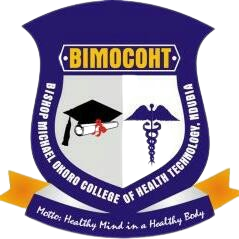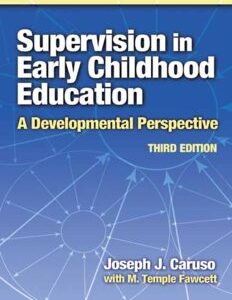Genetics ( A conceptual Approach) – Benjamin Pierce
Key features of “Genetics: A Conceptual Approach” include:
1. Conceptual Framework: The textbook is structured around key concepts and principles in genetics, presenting information in a logical and conceptual manner. It emphasizes the fundamental principles of genetics, including Mendelian inheritance, molecular genetics, population genetics, and genomics.
2. Clear Explanations: “Genetics: A Conceptual Approach” offers clear and concise explanations of complex genetic concepts, making them accessible to readers at various levels of expertise. The author uses straightforward language and examples to enhance understanding and facilitate learning. etc
Description
“Genetics: A Conceptual Approach” is a comprehensive textbook that provides an in-depth exploration of the principles and concepts underlying the field of genetics. Authored by Benjamin A. Pierce, a respected educator and researcher in genetics, this book serves as a valuable resource for students, educators, and professionals seeking a thorough understanding of genetics from a conceptual standpoint.
Key features of “Genetics: A Conceptual Approach” include:
1. Conceptual Framework: The textbook is structured around key concepts and principles in genetics, presenting information in a logical and conceptual manner. It emphasizes the fundamental principles of genetics, including Mendelian inheritance, molecular genetics, population genetics, and genomics.
2. Clear Explanations: “Genetics: A Conceptual Approach” offers clear and concise explanations of complex genetic concepts, making them accessible to readers at various levels of expertise. The author uses straightforward language and examples to enhance understanding and facilitate learning.
3. Integration of Modern Research: The book integrates findings from cutting-edge research in genetics, incorporating examples and case studies from current scientific literature. It highlights recent advancements in areas such as gene editing, epigenetics, genetic engineering, and personalized medicine, demonstrating the relevance of genetics to contemporary issues and applications.
4. Pedagogical Features: The textbook includes a variety of pedagogical features to support student learning, including learning objectives, key terms, summaries, review questions, and exercises. These features help reinforce key concepts, assess understanding, and encourage critical thinking and problem-solving skills.
5. Visual Learning Aids: “Genetics: A Conceptual Approach” incorporates a wealth of illustrations, diagrams, and figures to aid in visual comprehension of genetic concepts. Visual representations of genetic processes, molecular structures, and experimental techniques enhance understanding and facilitate learning.
6. Ethical, Legal, and Social Implications (ELSI): The textbook addresses the ethical, legal, and social implications of genetics, exploring topics such as genetic testing, genetic counseling, privacy concerns, and genetic discrimination. It encourages readers to consider the broader societal implications of genetic research and technology.
Overall, “Genetics: A Conceptual Approach” provides a comprehensive and accessible introduction to the principles and concepts of genetics. Its conceptual framework, clear explanations, integration of modern research, pedagogical features, visual learning aids, and coverage of ELSI issues make it an invaluable resource for students and educators in the field of genetics.







Reviews
There are no reviews yet.